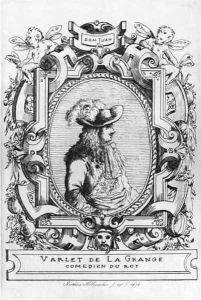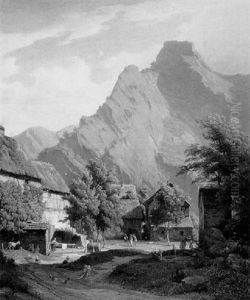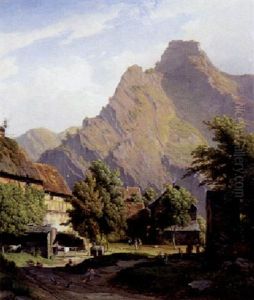Frederic Desire Hillemacher Paintings
Frédéric-Désiré Hillemacher was a French painter and illustrator born on May 19, 1811, in Paris, France. His full name was Paul Frédéric-Désiré Hillemacher, and he was often associated with the academic and neoclassical traditions of the 19th century. Hillemacher studied under influential artists such as Léon Cogniet and Abel de Pujol at the École des Beaux-Arts in Paris.
Hillemacher's artistic career was marked by his classical approach to painting, which was heavily influenced by the themes and techniques of the Renaissance and the masters of the 17th century. His works often depicted historical and mythological subjects, rendered with a sense of drama and attention to detail. He was particularly adept at capturing the emotional intensity of his subjects, which resonated with the romantic sensibilities of his time.
Throughout his career, Hillemacher exhibited his works at the prestigious Paris Salon, the official art exhibition of the Académie des Beaux-Arts in Paris. His paintings were well-received, earning him medals and recognition, including a third-class medal in 1846 and a second-class medal in 1855. He was a contemporary of artists such as Eugène Delacroix and Jean-Auguste-Dominique Ingres, who were also exploring romantic and neoclassical themes.
In addition to his paintings, Hillemacher was known for his illustrations, which appeared in various publications of the period. These works further demonstrate his versatility and skill as an artist, as he was able to convey complex narratives through a single image.
Frédéric-Désiré Hillemacher's contribution to French art is significant, as he represents a bridge between the neoclassical tradition and the emerging romantic movement. His depictions of classical subjects were imbued with a modern sensibility that reflected the changing tastes of the 19th century. He passed away on October 2, 1886, in Paris, having left behind a legacy of work that continues to be studied and appreciated for its historical value and artistic merit.


